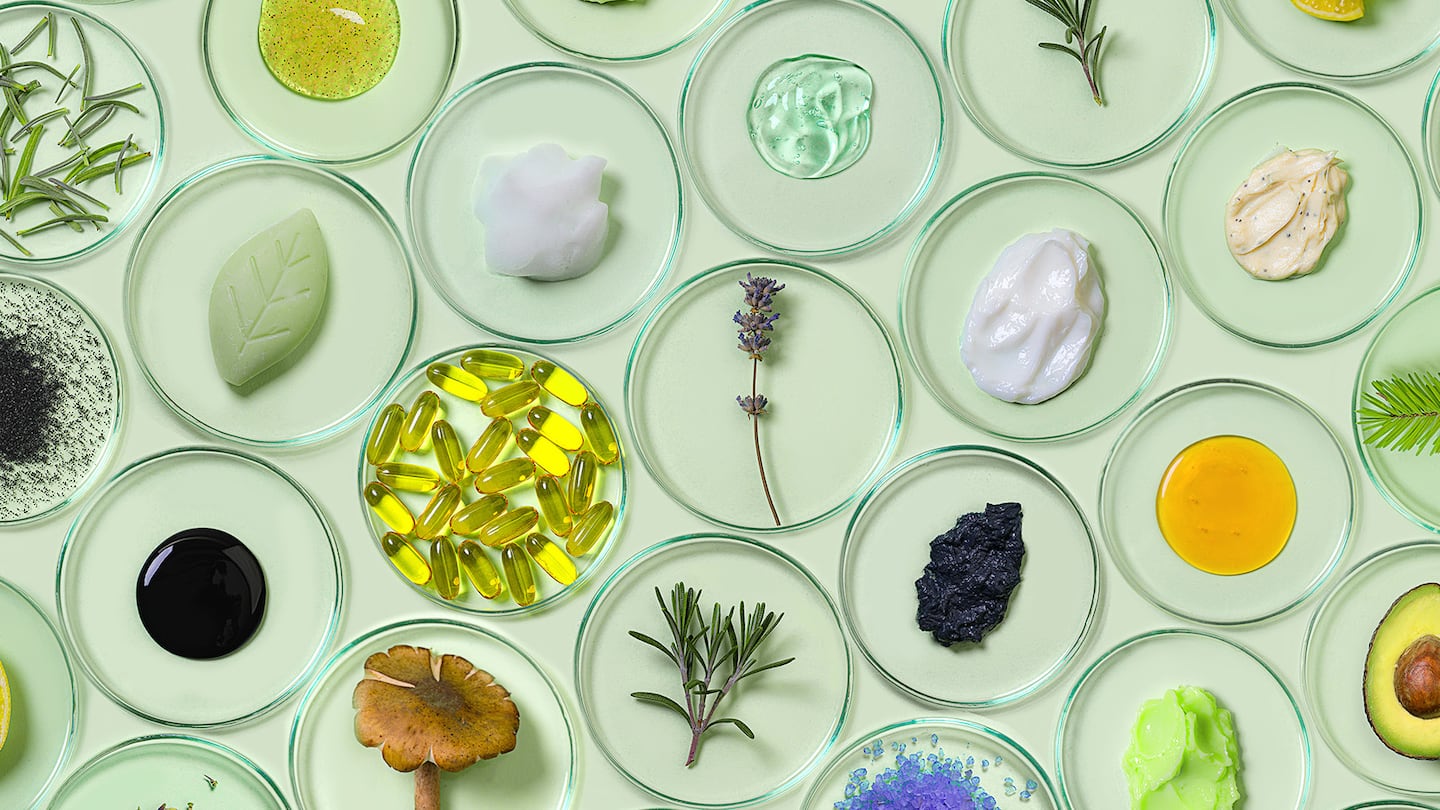
The Business of Fashion
Agenda-setting intelligence, analysis and advice for the global fashion community.

Agenda-setting intelligence, analysis and advice for the global fashion community.

Last week, the founder of a fast-growing beauty brand told me they were in a sticky situation. A large retailer has expressed interest in picking up the line — but with a caveat: it had to adopt “clean” messaging.
The problem, the founder told me, is that their brand, which launched a few years ago, has never identified as clean or used that language in its marketing. The founder had even spoken publicly in the past about their dislike of the clean beauty trend. Suddenly embracing all things clean could alienate — or at the least, confuse — loyal customers.
They’re not alone in their concern; clean beauty has been embraced by both niche and mainstream brands and retailers as a way to signal that their products are safer and more natural than the competition. But from the start, the movement has been criticised for its murky parameters (there is no universally agreed-upon definition for which ingredients are clean) and alarmist marketing that suggests competitors are toxic or unsafe.
What are founders to do? Should they abandon their beliefs to scale? Or do they pass on the shelf space and millions of dollars in annual sales to stay true to their values?
ADVERTISEMENT
Many beauty lines are willing to give up owning the customer relationship by entering into wholesale partnerships. These brands still have the luxury of building a digital ecosystem organised around the tenets and causes they believe in. But partnering with a retailer also means adhering to that wholesaler’s terms. A retailer might have different ideas about how to advertise and display a brand’s products, or in the case of clean beauty, embrace an entirely different value system.
It’s tricky because much of the reason these lines are successful in the first place is that they’re talking about a concept or trend that retailers haven’t been quick enough to pick up on. Beauty brands, especially smaller or newer ones, can move pretty quickly online, especially post-Covid. It’s hard when they both need each other.
For years, retailers, both beauty specific and not, have narrowly focused on building clean assortments. Throughout, the definition of clean remains at the discretion of whoever is selling it, meaning Sephora’s clean standards are different from Target’s, which are different from Goop’s, and so on. Some have more stringent standards than others.
There are even retailers dedicated entirely to selling skin care, makeup and other beauty items without parabens, silicones and other ingredients that have either proven to be perfectly safe, or that would never be found in cosmetics in the first place. It reminds me of the (almost certainly apocryphal) story of the cannery that marketed lower quality white salmon as guaranteed to “never go pink in the can” (not mentioning that white salmon could, of course, never turn pink in the first place).
This raises an even larger question: amidst a growing anti-clean beauty sentiment, where a number of skin care brands are opting out of clean messaging, why are retailers clinging to the term?
Surely there’s a compromise to be made. These stores are instrumental in creating trends, and it’s time for some new ones.
Perhaps retailers could start by thinking more broadly about skin care and the way it’s merchandised and communicated to customers (and then branching out to makeup and hair, which have been influenced by clean, but not to the extent of skin care).
What about “Skin Barrier Health?” No one can dispute wanting skin to function properly or caring about the integrity of one’s skin. Or merchandising by skin concern or one’s skin needs? Surely, some people are focused on hydration more than exfoliation and vice versa, while others are seeking a surplus of active ingredients. Also, skin care needs vary by age; the products designed for mature skin probably won’t resonate with a recent college grad.
ADVERTISEMENT
When I look at brands with longevity within the mass, prestige and luxury sectors, clean isn’t the go-to differentiator. In a BoF case study from 2021, Cerave and Augustinus Bader were highlighted as skin care brands thriving at opposite ends of the price spectrum — and neither identifies as clean. Paula’s Choice is another great example of a brand that doesn’t advertise itself as “clean,” as is Pillowtalk Derm, Dr Shereene Idriss’ skin care label that has sold out multiple times since launching last year. In fact, many of Sephora’s top lines are not marketed as “clean” — including The Ordinary, Glossier and Sol de Janeiro.
As the ones largely responsible for dictating trends, retailers can shake up their marketing plans and introduce new buzzwords and terminology. If they catch on, thanks to email marketing, in-store promotion, social media and more — boom — a beauty trend is born.
A deviation from the term clean feels timelier than ever.
Brands say they’re barreling ahead with marketing and commerce on the app, even as the clock starts ticking for owner ByteDance to sell it or shut it down.
The Spanish beauty and fashion conglomerate’s smart acquisitions and diverse portfolio could be a big draw for investors. Plus, Adidas is set to confirm its stellar first quarter.
How not to look tired? Make money.
In a rare video this week, the mega-singer responded to sceptics and gave the public a look at what her beauty founder personality might be.